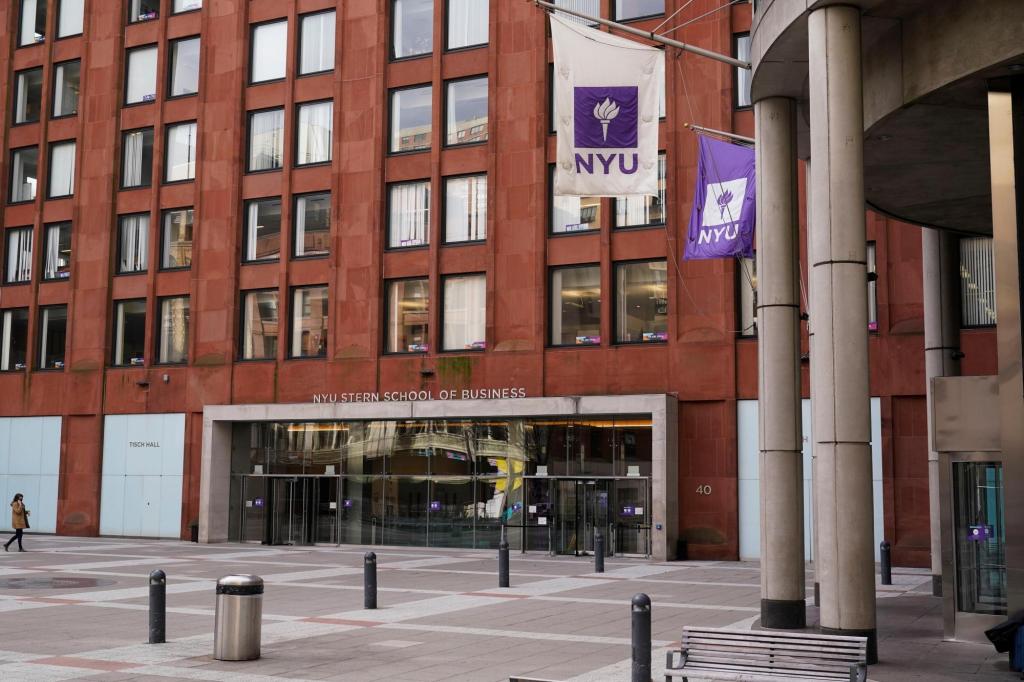
A United Airlines Jetliner is preparing to get out of a door at Denver International Airport on May 7. Denver air traffic controllers experienced a communication failure on Monday which lasted about two minutes.
David Zalubowski / AP
hide
tilting legend
David Zalubowski / AP
The pilots who fly at Denver International Airport could not communicate with air traffic controllers for about two minutes due to several radio issuers, a leading official of the Federal Aviation Administration confirmed Thursday to the members of the Congress.
Frank McIntosh, the deputy chief of the FAA, told a chamber committee that there was a loss of one of the radio-responsible frequencies of air controllers. The controllers have several frequencies, so the operators turned to their backup frequency in this case, he said.
This backup dropped “for about two minutes,” said McIntosh.
As the emergency procedures dictate, the controllers went to a radiofrequency of 121.5 MHz, which is mainly used for aircraft communications and emergency situations, and they were able to connect with the plane and inform the pilots to move to a secondary frequency, he explained.
The breakdown occurred at the Denver Air Route Traffic Center, which is located in Longmont, Colorado, and manages the airspace for most of the Colorado and the parts of several neighboring states.
On Thursday said in a statement sent to NPR that the breakdown lasted “around 90 seconds” around 1:50 p.m. on Monday, “when the two transmitters covering a airspace segment fell.
A Denver information station cited a breakdown at least six minutes, but McIntosh said it was “too exaggerated”.
Denver7 survey reported on Wednesday for the first time as up to 20 flying drivers at Denver International Airport on Monday could not connect with air controllers.

This news comes in a meticulous examination of the country’s main aviation agency following several disruptive communications and radar breakdowns in Newark Liberty International, a fatal accident in aerial in Washington, DC, several close collisions and shortages of personnel traffic controller.
As the FAA is faced with these many problems, the agency still has no permanent head. President Trump appointed the acting administrator Chris Rocheleau in January after the previous chief Mike Whitaker resigned on the day of the inauguration.
McIntosh, which has been part of the FAA for more than two decades, was the one who was confronted with the interrogation of the legislators on Wednesday and Thursday about recent failures and if the civil aviation industry is safe.

McIntosh spoke Thursday at the Transport and Infrastructure Committee of the Chamber concerning the FAA Reautorization Act updates of 2024. He spoke of Denver’s breakdown in response to a question from the Robert Garcia representative of California.
“We know that the problems have gathered decades in some cases, but it is always an absolutely shocking system failure, and we need immediate solutions,” said Garcia.
McIntosh said on Wednesday that a hotline that had provided direct communication between the Pentagon and the air traffic control tower at Ronald Reagan Washington National Airport has not worked for over three years. We do not know how much difference it would have made to prevent the January incident in which a black Hawk Hawk helicopter of the army and a regional jet of American Airlines collided in the air, killing 67 people.
Also on Wednesday, transport secretary, Sean Duffy, testified during a hearing of the Chamber’s credit committee and faced several questions concerning breakdowns in Newark. He confirmed to the legislators that before the April 28 breakdown, which lasted somewhere between 30 and 90 seconds, there were similar breakdowns in October and November. It is not known how long these breakdowns lasted.

Duffy and FAA have announced changes to Newark to improve technology at the airport and to slow down departures and arrivals. Duffy also proposed a scanning plan to modernize the air traffic control system. No concrete or dollar plan has yet been proposed at the congress, but a chamber committee recently estimated that the modernization of the system could cost at least $ 12.5 billion.


